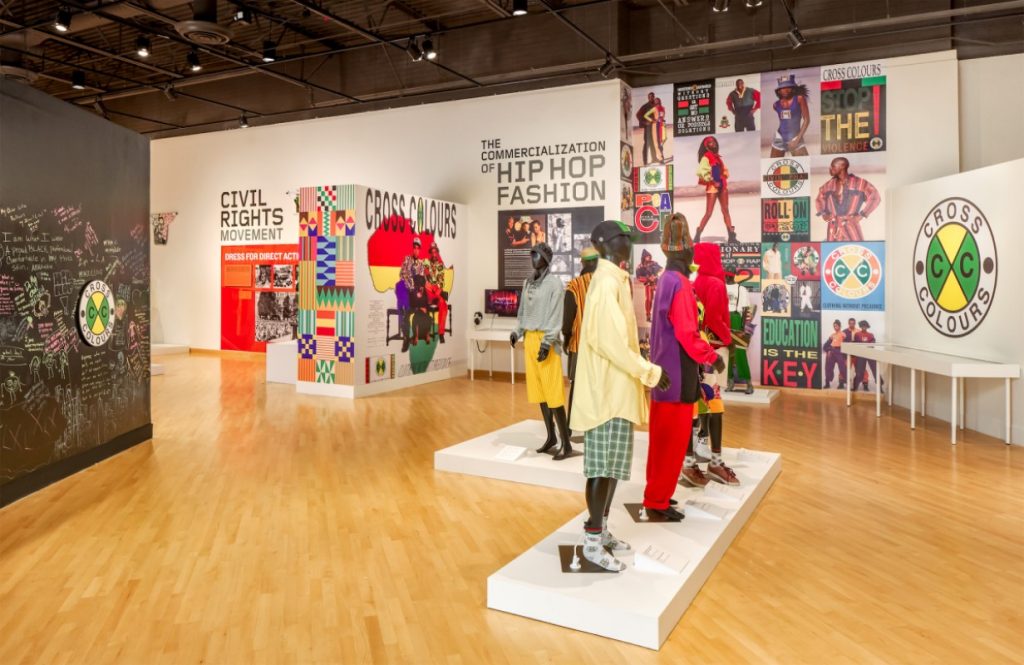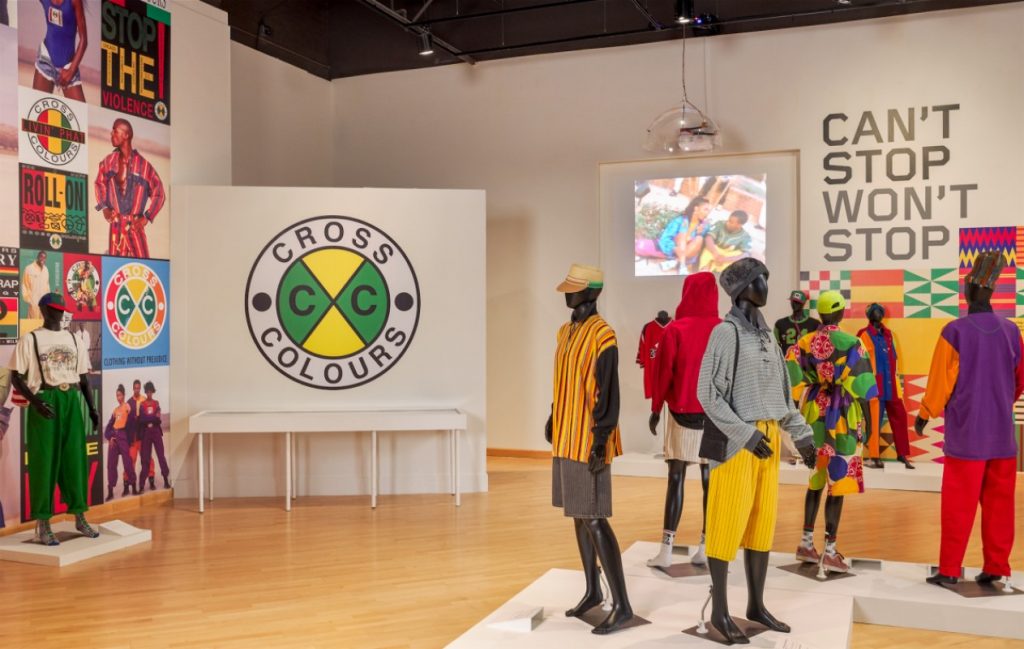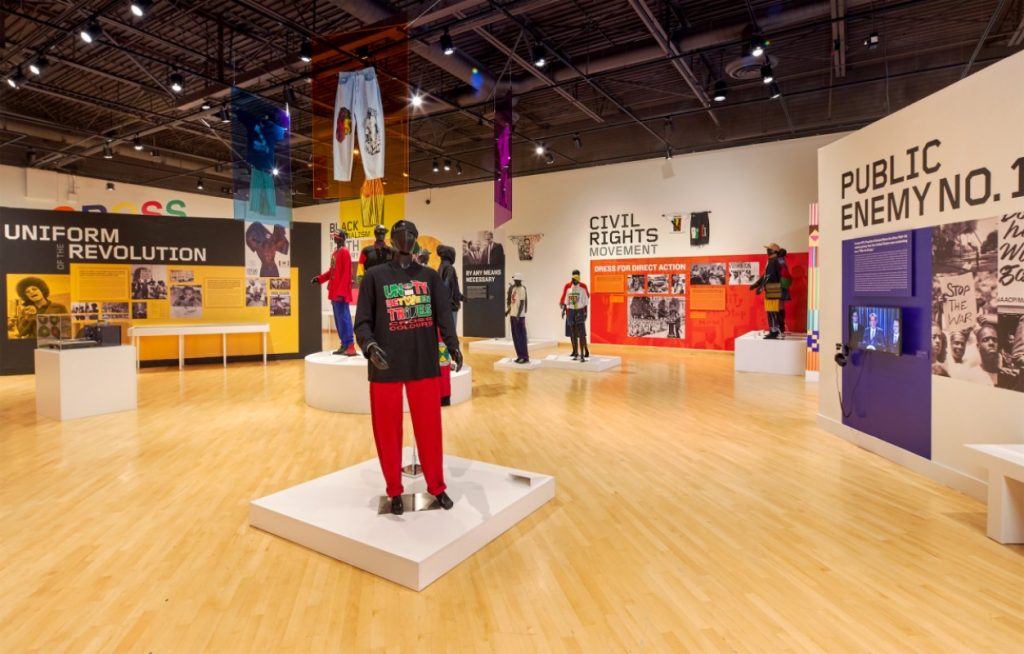Cross Colours: Black Fashion in the 20th Century
In 1990, on the first season of the hit primetime television show The Fresh Prince of Bel Air, lead actor Will Smith wore a series of boldly hued and geometric looks designed by a young Los Angeles–based urban apparel line named Cross Colours. African American-owned, founded by Carl Jones and T.J. Walker, the brand quickly skyrocketed, securing a plethora of orders across the country and breaking colour barriers in the field of men’s apparel. The commercial success of Cross Colours, which Jones and Walker created for Black youth with the premise of producing “Clothing Without Prejudice,” had a significant influence on the mainstream fashion industry, inspiring it to take notice of the emerging importance of urban streetwear.
Working in the golden age of Hip Hop in the late 1980s and 1990s, Jones and Walker incorporated bright colours and graphic designs that reflected not just trends in fashion, but also a cultural embrace of Afrocentrism in response to unjust Reagan-era policies, rising poverty, police brutality, and substandard educational opportunities. They appealed unapologetically to a Black aesthetic, while strategically using product placement, social justice messaging, and community outreach to address these pressing issues. Thirty years later, Cross Colours continues to engage in the socio-political moment and counter negative portrayals of Black youth. The first exhibition to examine this ground-breaking brand, Cross Colours: Black Fashion in the 20th Century showcases vintage textiles, media footage, and rare ephemera that illuminate how Cross Colours has permeated popular culture and how fashion can be used to tell history anew.
Images courtesy of California African American Museum



